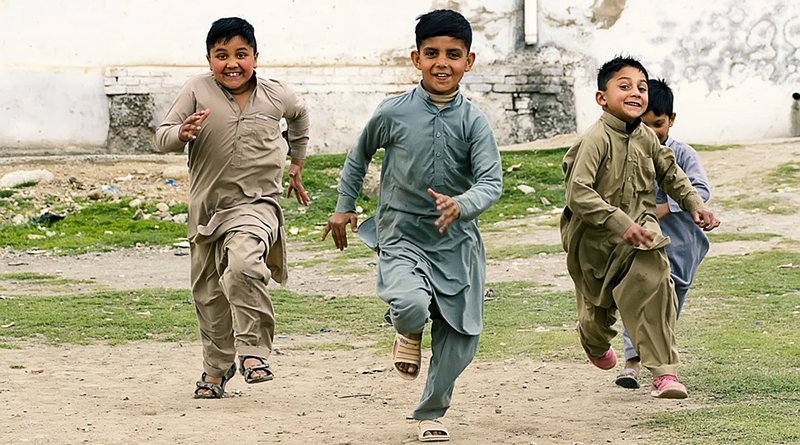Pakistan’s Educational System – OpEd
According to Article 26 of the Universal Declaration of Human Rights, everyone has the right to education, which is recognized as a fundamental human right. While having well-regulated educational systems that guarantee and manage access to and availability of education for its citizens, the Islamic Republic of Pakistan is one of the states that suffer from a lack of high-quality education. One of Pakistan’s biggest problems with its educational system is the wide disparities that prevent the development of high-quality education in the nation.
The grounds for the educational difference in Pakistan extend outside the fact that students track diverse curricula, the wealthy attend private and the poor attend government schools and people desire to pursue further education overseas rather than from the country. Poverty is one of the key causes why parents find it hard to send their children to school. Education is jeopardized, mainly for female students, due to parents’ inadequate financial means and a lack of safe transportation options, resulting in girls dropping out at a top rate than boys.
There is a large gender gap in education in Pakistan. Women in Pakistan’s patriarchal society experience a variety of forms of discrimination, which results in their having low social, economic, and political standing. Cultural obstacles prevent some girls from pursuing higher education, such as early marriage. In Pakistan, women make up 52% of the population overall, according to World Bank data. It is terrible to keep such a big section of the population uneducated, and this may be the reason for the nation’s unstable and unequal economy.
Inequalities in Pakistan’s educational system also exist along provincial lines, thus it’s critical to understand the general educational climate in the regions with the worst educational infrastructure. The province of Balochistan has the worst educational conditions, with roughly 59 percent of kids between the ages of five and sixteen not attending school. These unenrolled kids are either those who have never attended school or those who have quit after starting. In contrast, Punjab is thought to have greater possibilities than other provinces, where 21% of kids in the same age range are not in school. These numbers demonstrate the significant educational disparity between the two provinces. Instead, than undermining the educational budget and resources of other provinces, Balochistan needs to get special support in order to achieve provincial equality of opportunity.
The necessity of equal access to education is emphasized in the Yaksaan Taleemi Nizam (Uniform Education System) vision that the PTI government has proposed. But in a literal sense, uniform education and equal education are not the same thing. The former may suggest “leveling” of school systems, whereas the latter suggests equality of opportunity. Imran Khan, the former prime minister of Pakistan, favors standardized instruction throughout the nation. The idea of uniformity in this context is said to imply “some notion of equality of opportunity.” The prime minister wants to dismantle the “class-based system” of education so that kids can have “equal opportunities to thrive,” which reflects this.
Gaps in socioeconomic status are also common throughout the nation. There are more English-medium schools overall. Schools with high tuition costs implicitly maintain class differences because they primarily serve the wealthier classes of society. Being able to pay for private institutions is the only requirement for access to high-quality education. Standard government schools offer very poor educational achievements and a substantially lower level of instruction than what is offered by private institutions. The type of school a person attended mostly determines their degree of work, disregarding their qualifications and skills. As a result, rather than offering opportunities for social mobility, the educational system just fills in the socio-economic gap.
By discussing above mentioned educational disparities it can be analyzed that there exist many disparities in the education system of Pakistan that includes not only poverty, gender inequality, class differences, medium of education, socio-economic differences, and uniform curriculum but lack of awareness, rural-urban life differences, language problem, allocation of budget and much more. But the main problem is not with the making or existence of accurate laws but the implementation of these laws in the country. It is understood that a lot of government schools do not meet essential educational standards. Even if the government settles on to pour a lot of resources, both financial and human, into public schools over the next few years, most of them will still fall short of the level that most private schools already have. Case studies from various countries show that decentralization at the local level and incorporating the public through civil society can be critical for systematic reform and can lessen implementation conflict. So in Pakistan, the educational sector already lies in provincial duties but there is a need to involve the public through civil society to make the implementation of laws possible.
Tajjalla Munir has done MS in International Relations from COMSATS University Islamabad.

